How can producers & roasters develop specific flavour profiles for specialty coffee?
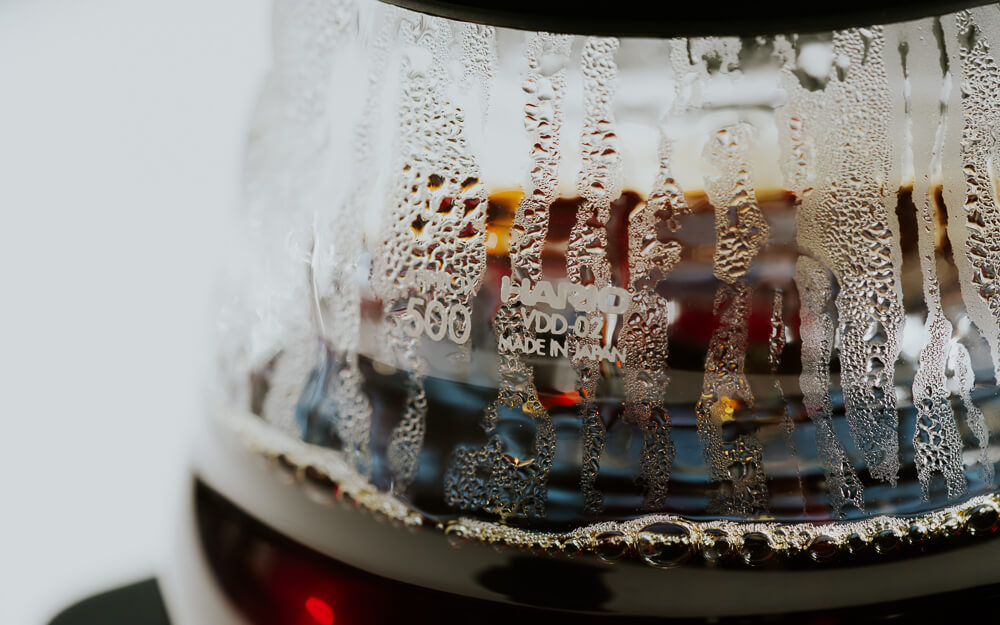
In today’s ever-changing specialty coffee sector, there are many different variables which affect a coffee’s flavour profile. From altitude and harvest time to processing technique and roast profile, more and more industry professionals are finding new ways to tweak these variables to alter flavour, aroma, and mouthfeel in coffee.
Across the industry, this level of innovation in coffee flavour development has been the most apparent at the World Coffee Championships, especially the World Barista Championship. During their routines, competitors will often explain in detail how they worked with producers to develop a specific flavour profile.
Following this trend – and for many other notable reasons – a growing number of specialty roasters are also choosing to collaborate with farmers to create more unique (and repeatable) flavours in coffee.
To find out more, I spoke to Yiannis Taloumis, CEO and Head of Quality of Taf Coffee, and Francisco Mena, a producer at Sumava Farm and manager at Exclusive Coffees in Costa Rica. Read on for more of their insight into how farmers and roasters can work together on these projects, as well as the benefits for both.
You may also like our article on how certain compounds create fruit flavours in fermented coffee.
Why create specific flavour profiles?
Before we get into how you can develop specific sensory profiles for specialty coffees, we first need to ask why producers and roasters are interested in doing so.
For many years now, specialty coffee producers have been using farming and post-harvest processing techniques to control and alter the flavour profiles of certain coffees. This can range from growing particular lots on different areas of their farms to leaving a specific amount of mucilage on green coffee when using honey processing methods, for instance.
More recently, we have also seen an increasing number of specialty roasters partner with producers to create limited-edition coffees. These tend to have more unique flavour profiles.
There are many reasons for this, but perhaps the most obvious is that the roaster can market the coffee as a unique selling point. Owing to the fact that they are often available in smaller quantities (and tend to sell out quicker than other lots), the perceived exclusivity of these coffees can gauge more interest from specialty coffee consumers.
Yiannis tells me many roasters want to create more unique flavour profiles to engage with different types of customers. They can also develop their own “signature” coffee.
“A roaster’s preferred flavour profiles are shaped by their own experiences and knowledge, as well as what their customers want,” he says. “At the same time, they also have the opportunity to participate in coffee production, which makes the whole process even more exciting.”
Besides developing more unconventional flavours in coffee, a roaster may also want to create more repeatable and consistent sensory profiles. These more dependable coffees are often at the core of most specialty roasters’ offerings – largely because they serve an important purpose for many consumers.
What about producers?
Francisco explains that developing customisable flavour profiles can help producers to market their coffees more effectively, as well as to establish more premium branding for their farms. However, not all producers are able to do this successfully as the majority of marketing expertise is retained in consuming countries.
“Farmers can create a clear vision of their desired sensory profile which can allow them to secure a more favourable position in the market,” he says.
As they are marketed as higher-end coffees, they typically come with a higher price tag. Theoretically, this means the producer can also receive more money – as long as the entire process is sustainable and equitable.
Developing specific flavour profiles at farm level
A coffee’s final cup profile begins on the farm. At this level, there are a seemingly endless number of variables which influence coffee quality, flavour, aroma, and mouthfeel. These include, but aren’t limited to:
Climatic conditions – such as altitude, rainfall, soil health, and exposure to sunlight. These are also collectively referred to as terroir
Farming inputs and practices – fertilisers, pruning, and more
Harvesting practices – hand picking vs. mechanical harvesting, level of cherry ripeness, etc.
Post-harvest processing techniques – such as processing methods, grading, sorting, and more
All of these factors will have an effect on a coffee’s sensory profile to different extents. With a more thorough understanding of how, producers and roasters can control these variables to enhance more desirable characteristics. These generally include sweetness, acidity, and body, as well as any distinctive flavour notes.
Given the wide range of variables, some producers and roasters reverse engineer the process of developing a flavour profile. This is when the roaster first selects a particular sensory profile they are looking for. If sustainable to do so, the producer can then implement the appropriate farming and post-harvest processing techniques to achieve said flavour profile.
Before considering this type of collaborative project, Francisco emphasises that organisation is key.
“Both the producer and roaster need to understand and prioritise the importance of order and care with every step of the process,” he says. “For example, they need to think about selecting the plot of land to grow the coffee, as well as how clean the milling stations are.”
Choosing a variety and processing method
Before deciding on a set of farming and post-harvest processing practices, producers and roasters need to select which variety (or potentially coffee species) to use. Ultimately, this will have a huge impact on the desired sensory profiles – mainly because different varieties have different flavours.
Francisco tells me he grows several varieties at Sumava Farm, including Caturra, SL-28, Villa Sarchi, and Gesha. For the collaboration with Taf Coffee, he explains they chose Villa Sarchi. This is a natural mutation of Bourbon, which causes the plant to grow smaller.
“When Yiannis came to our farm in March this year, we measured the Brix content of the cherries,” Francisco says.
Brix readings are used by many industries to measure the sugar content of liquid, including for coffee cherries. Based on these readings, producers are able to determine the flavours and aromas of a certain coffee, as well as to assess how ripe coffee cherries are.
“Only very ripe cherries were harvested for the Ariston micro lot coffee,” Yiannis says, which helps to increase coffee quality. He explains that the name derives from the Greek word for “excellence” or “the best”.
Following this, producers and roasters must decide on a processing method which highlights the coffee’s best qualities. Yiannis and Francisco explain they used a red honey processing method to enhance sweetness and complexity.
“We sun-dried the parchment coffee on patios to bring out more of the fruity flavours, too,” Francisco says.
Why should producers and roasters work together on these projects?
When collaborating to develop specific flavour profiles, it’s imperative that specialty coffee producers and roasters work together.
“Roasters need to develop close working relationships with producers, which are established through long-term partnerships,” Yiannis says.
This is a concept often referred to as relationship coffee, which largely revolves around building trust between roasters and producers. The idea behind these partnerships is to encourage long-term buying, rather than roasters making a smaller number of one-off purchases. In turn, roasters are also likely to pay higher prices for certain coffees.
There are several key reasons why strong working relationships are essential to these kinds of projects. Arguably the most important is that developing a specific flavour profile requires producers to implement strict protocols – some of which may differ substantially from their usual farming practices. These can require significant upfront investment, and can quickly increase costs, too. As such, it’s important for the producer’s stability that a buyer of these coffees is already in place.
Franciso explains that building trust between producers and roasters helps to mitigate any risks, and ensures that the former receives the right level of support to take on any additional costs.
“A long-term relationship brings trust to new projects,” he says. “Together, farmers and roasters can better understand how to plan at farm level and during the harvest season.”
Yiannis adds: “Equally important is that the producer’s financial security is guaranteed, regardless of the outcome.”
Open dialogue
One of the core tenets of relationship coffee is transparent communication between roasters and producers. For the working partnership to be as successful and sustainable as possible, both parties must benefit.
Alongside discussing best practices for farming, processing, and roasting, Yiannis emphasises that both roasters and producers need to remain open-minded and collaborative. Ultimately, a free exchange of ideas and opinions can mean that any potential problems are resolved more quickly.
What are the advantages of developing a specific sensory profile?
There are many benefits of tailoring a coffee’s flavour profile for both producers and roasters. However, it’s still important to note that taking on such a project will require additional resources and labour, and will result in higher production costs. In line with this, producers need to make sure they are able to absorb these additional costs as sustainably as possible.
Yiannis tells me that the overall process can be an exciting experience for both parties.
“Creating a custom coffee like Taf’s Ariston – which will be launched soon – is a fascinating process for both the roaster and the producer,” he says. “Not only do they create a truly unique product, but they can also offer an exclusive experience to customers.”
As well as selling a high-end coffee for a premium price, roasters can also develop more consistent-tasting coffees – and thereby build more trust with their consumers.
Furthermore, developing a specific flavour profile can improve a roaster’s ability to effectively communicate tasting notes to their customers, as well as disseminate more detailed information about origin and coffee production.
What about producers in particular?
For producers specifically, projects like this means they can experiment more with farming best practices. In turn, they can not only create new sensory profiles, but they can also understand more about how to tweak different variables to achieve a repeatable flavour profile – helping to build trust with green buyers and roasters, too.
For producers and roasters, developing specific flavour profiles can unlock a new realm of possibilities for specialty coffee. However, at the same time, establishing a mutually-beneficial and sustainable working partnership is an essential part of this.
When done right, customising coffee flavour, aroma, and mouthfeel allows roasters to market more exclusive coffees. Producers, meanwhile, can add more value to their coffee.
Enjoyed this? Then read our article on how controlled fermentation processing methods can enhance coffee flavour and quality.
Photo credits: Francisco Mena, Yiannis Taloumis
Perfect Daily Grind
Please note: Taf Coffee is a sponsor of Perfect Daily Grind.
Want to read more articles like this? Sign up for our newsletter!
The post How can producers & roasters develop specific flavour profiles for specialty coffee? appeared first on Perfect Daily Grind.
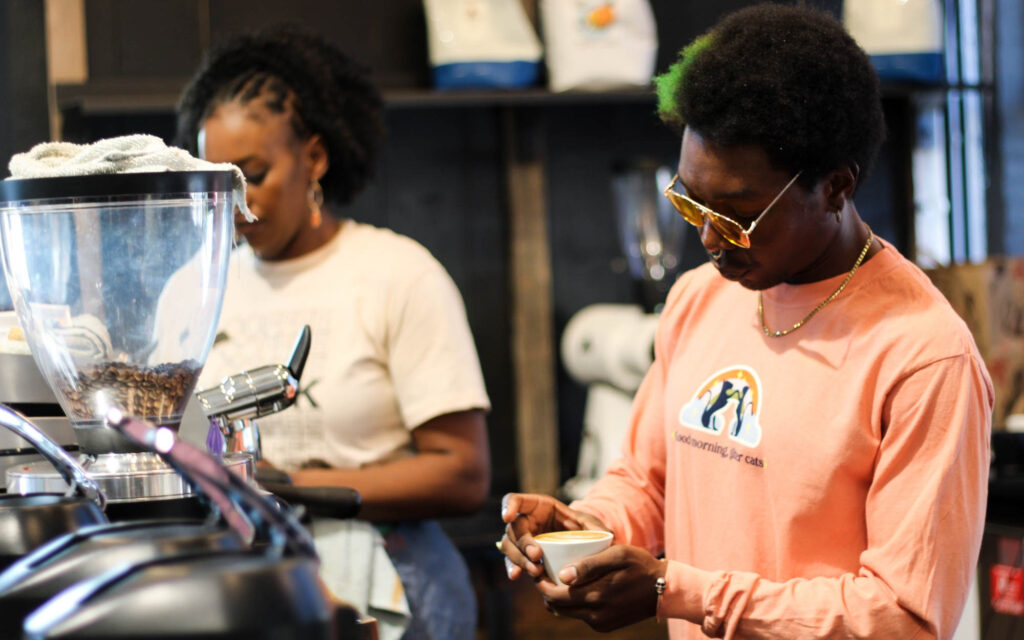
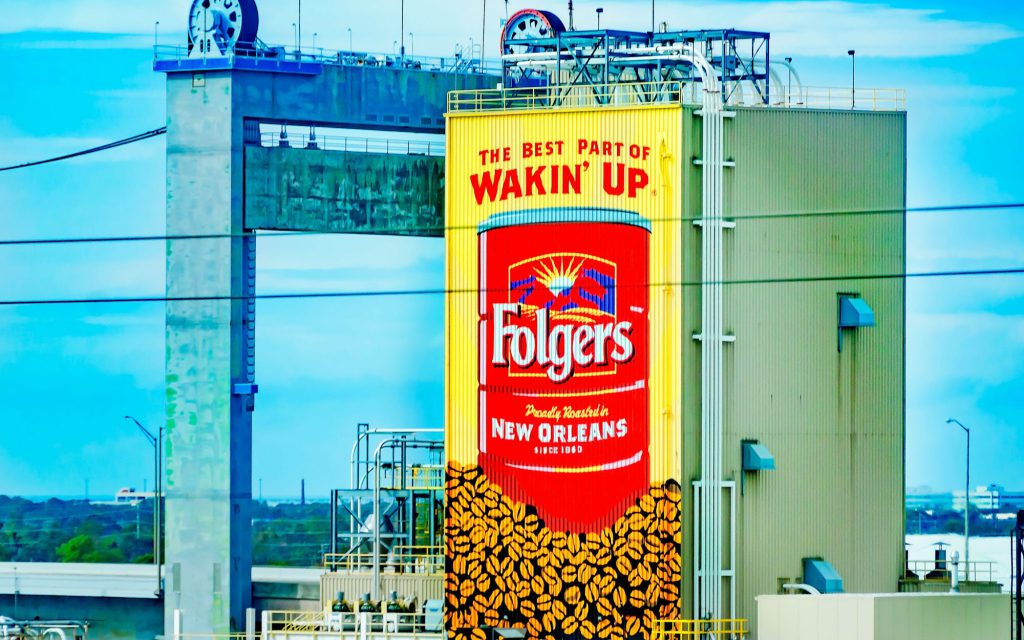
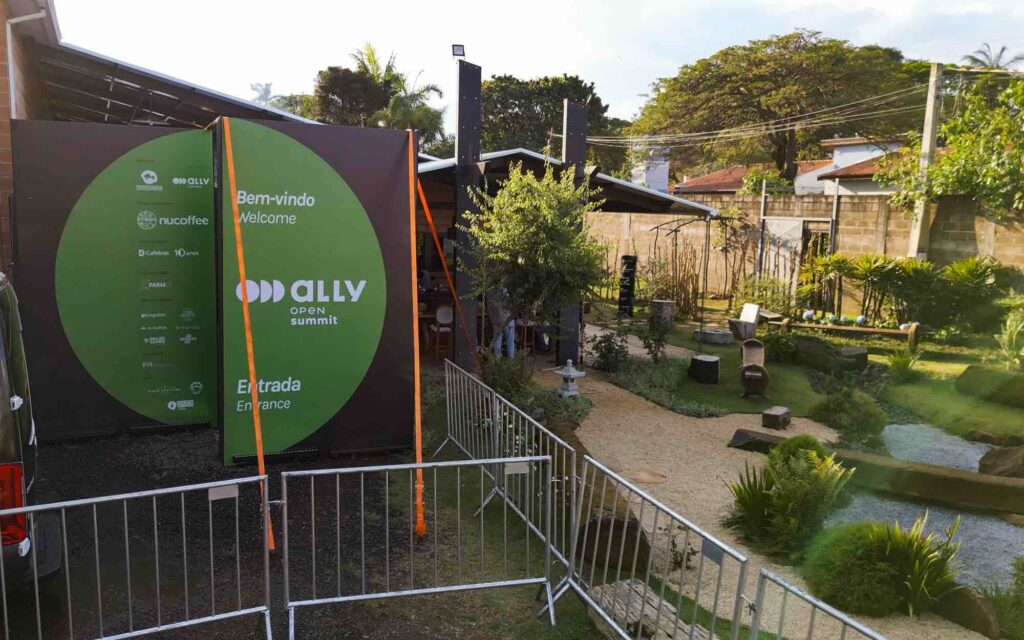

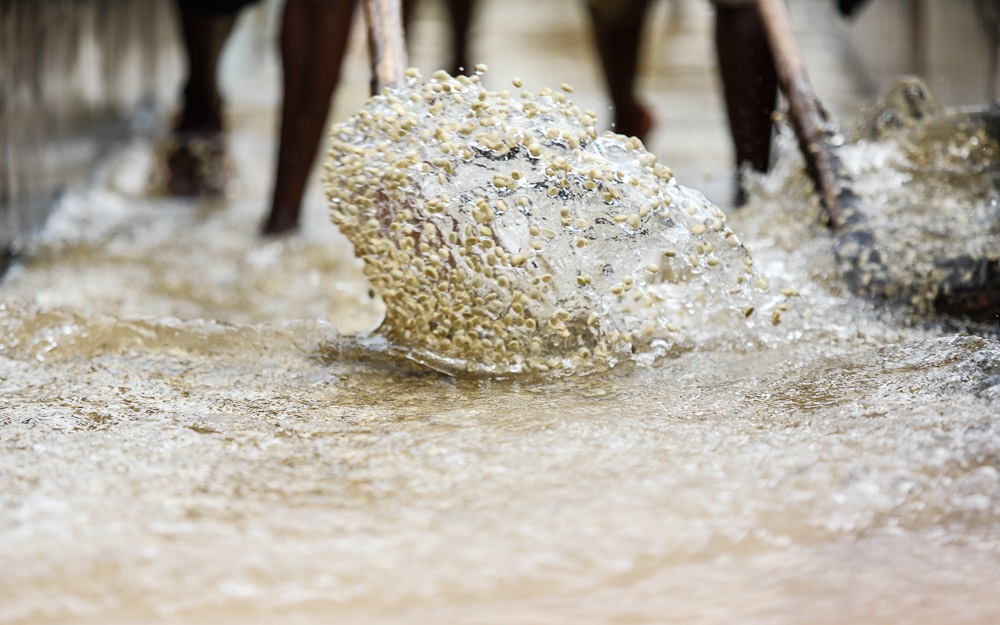
Responses